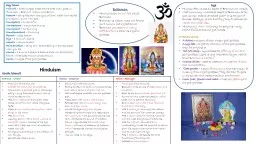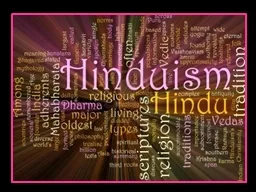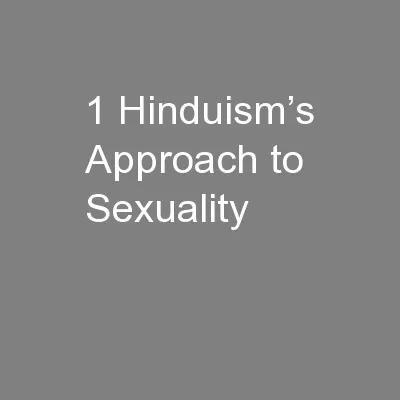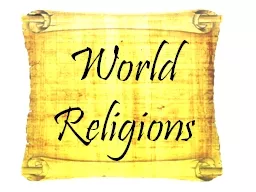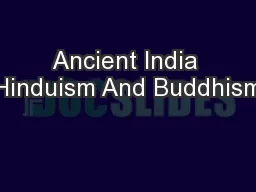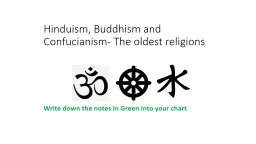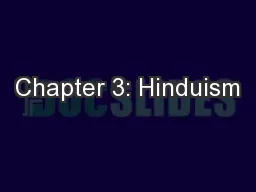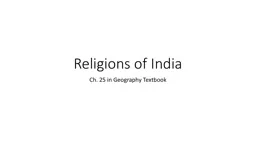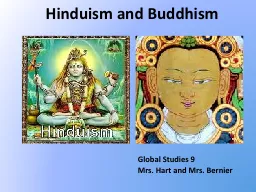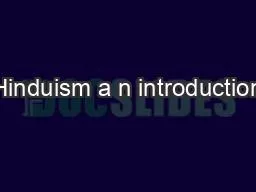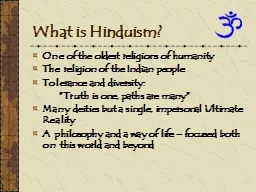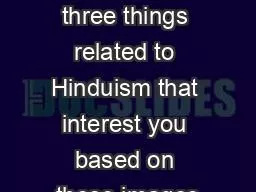PPT-Hinduism Key terms: Trimurti
Author : startse | Published Date : 2020-10-06
three images these are the three main gods in Hinduism Brahma Vishnu and Shiva Moksha being free from the cycle of birth death and rebirth and becoming one with
Presentation Embed Code
Download Presentation
Download Presentation The PPT/PDF document "Hinduism Key terms: Trimurti" is the property of its rightful owner. Permission is granted to download and print the materials on this website for personal, non-commercial use only, and to display it on your personal computer provided you do not modify the materials and that you retain all copyright notices contained in the materials. By downloading content from our website, you accept the terms of this agreement.
Hinduism Key terms: Trimurti: Transcript
Download Rules Of Document
"Hinduism Key terms: Trimurti"The content belongs to its owner. You may download and print it for personal use, without modification, and keep all copyright notices. By downloading, you agree to these terms.
Related Documents

